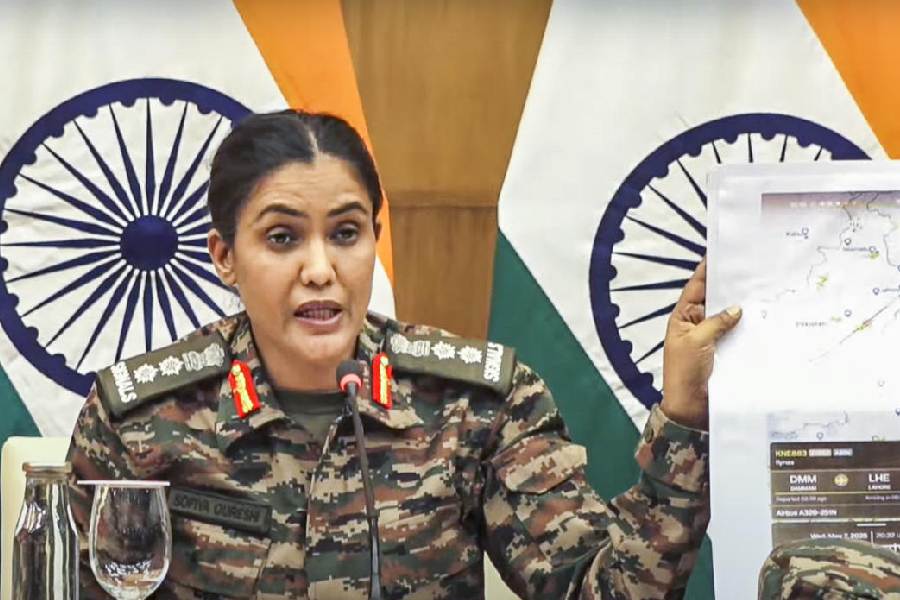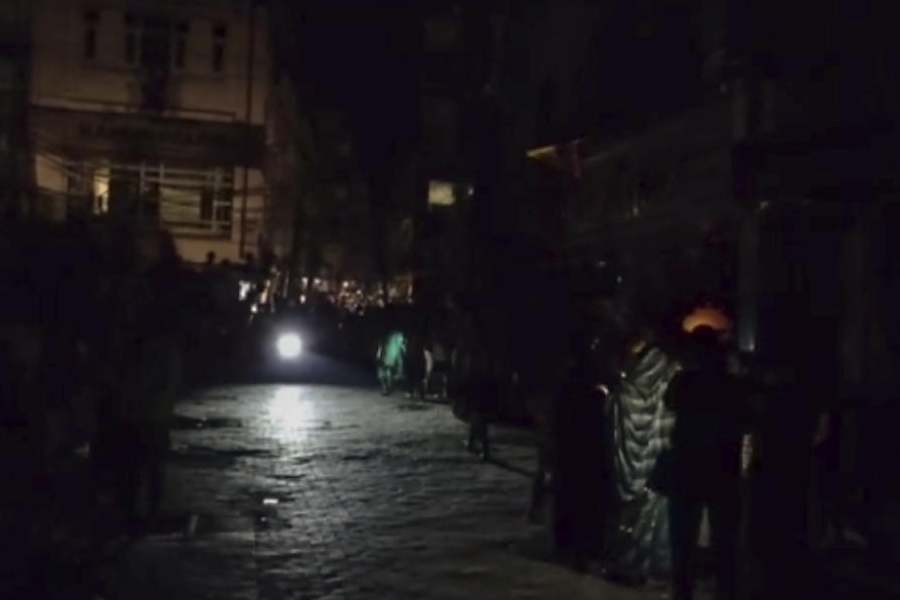 |
| No tears, all cheers |
Cuttack, Jan. 15: The number of tigers and lions is dwindling but not crocodiles.
The latest census report on Bhitarkanika National Park — home to the saltwater crocodiles in India — has revealed that their number has increased sizeably.
This winter, the total number of crocodiles stands at 1,610, which is 38 more than last year. The 2009 census, carried out by the divisional forest office of the Rajnagar mangrove wildlife forest division, showed a population of 1,572.
Out of 1,610 crocodiles, 1,485 are inside the sanctuary and 125 live on the fringes. Of the total number, 519 are hatchlings, 373 yearlings, 298 juveniles, 150 sub-adults and 270 mature reptiles.
The officials have also sighted three giant crocodiles, which are more than 20ft long. While seven of them were 18-20ft long, 37 of them were 14-18ft long. Another 38 of the saltwater crocodiles were estimated to be 12-14 ft long.
“The increase in population indicates that crocodile conservation measures are paying off in Bhitarkanika,” Rajnagar mangrove wildlife division divisional forest officer P.K. Behera said.
“Besides, the presence of all age classes of crocodiles is a healthy sign of a viable population,” the DFO said.
River systems of Bhitarkanika wildlife sanctuary and its fringe areas are the last stronghold of the estuarine crocodiles in Orissa. The estuarine or saltwater crocodiles — the biggest among all the living species inhabit the deltaic regions of the Brahmani, Baitarani, Dhamra and Mahanadi systems and in the estuaries of the rivers where tidal water from the sea mixes with sweeter water. Though Sunderbans has a good mangrove forest, yet it houses a very small population of saltwater crocodiles. So is the case of the Andaman and Nicobar Islands.
In 2008, the total number of crocodiles was found just 16 more than 1,882 counted in the previous year. In 2007, their number was found 28 more than 1,454 in 2006. In 2006, 1,098 estuarine crocodiles were counted. This went up to 1,285 in 2002. In 1996 it was 511.
The forest department has imposed a weeklong ban on the entry of tourists into the national park from December 31 to January 8 to cut down on noise and carry out the census peacefully.
The park survey was conducted by 22 teams — 17 inside park area and five on the fringes — through direct sighting in various creeks and rivers, both in the day and night. Besides, head count was also carried on land.
“The crocodiles are generally counted during the day, when they come out to bask in the sun and at night from their eye reflections, as they swim,” said a wildlife official.
Non-mechanised boats and global positioning system (GPS) machines were used for the census operation in the river systems of Bhitarkanika wildlife sanctuary and fringe areas, the official added.










